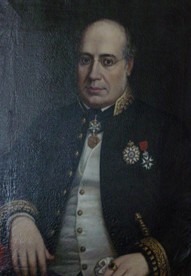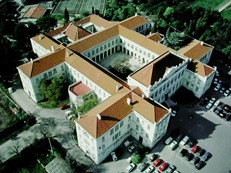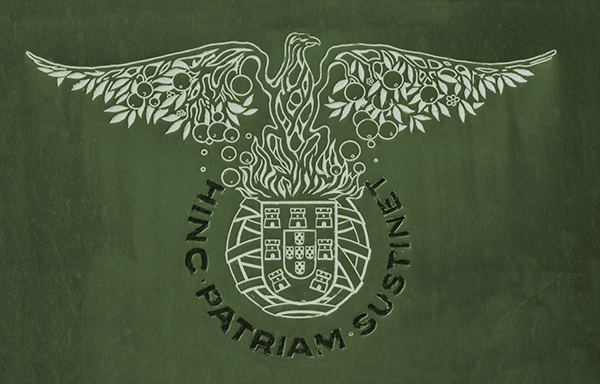History
The Instituto Superior de Agronomia (ISA) has its roots in the remote 1852, with the creation of the Instituto Agrícola e Escola Regional de Lisboa, in the reign of Queen Maria II, during REGENERATION, which was directed by Fontes Pereira de Melo.
The law of 1852 established three degrees:
- Instruction of mechanics or craft for men to work in the field, workers hired for the day, real instruments of farming;
- The artistic or secondary education, already higher but at the same time practical and theoretical, aimed to instruct farm managers or heads of the cultures;
- Higher education and scientific, mainly to agronomists, individuals with more comprehensive preparation and with more developed studies, able to direct large farms.
The Instituto Agrícola e Escola Regional de Lisboa was opened in the place of the Cruz do Taboado, which was the home to the College of Veterinary Medicine (FMV) (Note: it refers to the former installations of the FMV, in the Street Gomes Freire). A farm was acquired, named “Bemposta”, located about 1 km from the school, where it was possible to make the various practical demonstrations and do some experiments.
Bernardino Cincinnato da Costa, almost 40 years later, reports "the Instituto Agrícola de Lisboa, was the only institution that the Law of 1852 had created that was still remaining, thanks to the work and superior intelligence of its first director, the most notable Dr. José Maria Grande "(see below, the picture of the oil of Dr. José Maria Grande, painted by J. Santa Barbara in 1862).
In order to improve and develop the agriculture, the course of the Instituto Agrícola de Lisboa had four years and included seven subjects. "To the Institute's own subjects other preparatory subjects were added, which were taught in the Polytechnic School: Zoology, Compared Anatomy and Physiology, and Botany and Plant Physiology, in addition to the Drawing of the Year 1, and at the Institute Maynense (SJ): Elements of Physics, Chemistry and Agricultural Geology.
Interestingly, the Agricultural Arts - designation equivalent to Agricultural Industries - were integrated into the vast contents of the 7th subject: Agricultural Economics, Administration and Accounting Rural, Agricultural Arts, Legislation and Rural Engineering".
In the year of 1864 there was a merging of the Instituto Agrícola de Lisboa with the School of Military Veterinary (near Salitre), which was founded by the Government of King Miguel in 1830 (29-III), thus creating the Instituto Geral de Agricultura.
Under this reform, the practical component of agronomy course was carried out at the Granja do Marquês, in Sintra. The reorganization of subjects in preparatory science and techniques, created a first subject, Agrology and Field Crops, and a second that encompassed the materials of Topography, Arboriculture and Forestry. The discipline of Animal Science was created at the time of the foundation of the Agricultural Higher Education in 1852, covering, therefore, the scientific principles which should be based on the exploitation of domestic animals. Throughout the evolution of our Institute until now it has always been realized that the routes leading to the farm animal are inevitably linked to agriculture.
With the catastrophic epidemics that occurred in the 2nd half of the nineteenth century, especially the potato mildew (1845), powdery mildew of the vine (1850), phylloxera (1861) and downy mildew of the vine (1878), it was highlighted the economic importance of the protection of plants and research was intensified, acquiring the Agricultural Entomology and Plant Pathology status of scientific disciplines.
In the subsequent reform of Emídio Navarro, 1886, the Instituto Geral de Agricultura was renamed Instituto de Agronomia e Veterinária. This reform led to the creation of the 11th subject - Rural Technology and Forestry: analysis of technology products. After pressure from students, teachers and social and political forces, it was created in 1906 "Teaching of Colonial Agronomy", which the Instituto de Agronomia e Veterinária, trough its section of agronomy, has been responsible to administer.
After the establishment of the Republic in 1910, the entire education system was transformed. The Instituto de Agronomia e Veterinária is extinguished and replaced by two different institutions: the School of Veterinary Medicine and the Instituto Superior de Agronomia. Manuel Brito Camacho was the Minister of Development of the Interim Government of the Republic, which established the titles of “Agricultural Engineer” and “Forestry Engineer” for new graduates of the Instituto Superior de Agronomia.
During the monarchy, these professionals have always been, and continued to be, simply referenced as “Agrónomos” and “Silvicultores”.
The Tapada, as well as the Ajuda Botanical Garden, were assigned at this time, to the Instituto Superior de Agronomia. It would be inaugurated, seven years later, in the Tapada da Ajuda, the current Main Building of the Institute.
The Main Building of the ISA, in the Tapada da Ajuda, designed by architect Adães Bermudez, was inaugurated in 1917. It presents a quadratic structure with cloister with incomplete arches (see photo below).
Forestry was first differentiated, in relation to the course of Agronomy, which until then had only single subject of Forestry. This subject was often assigned since the beginning, in terms of accumulation by teachers who made their careers in other areas. It is in this period that there was an extension of the Plan of Studies, with the creation of the disciplines of Forestry and Forest Technology, Forest Economy, Forest Engineering, Torrential Hydraulics, Traffic and Means of Transportation, Aquaculture and Ictiology, Fishing and Hunting, Pastures; although only the first subject had its own professor. The other subjects we directed by professors that were responsible for similar subjects.
Its logo, representing an eagle sustented on the motto Hinc patriam sustinet (those who feed the homeland), support the vision of the inovation, the knowledge and the role of the university in modern society. This Latin expression is taken from "The Georgics" of Virgil.





